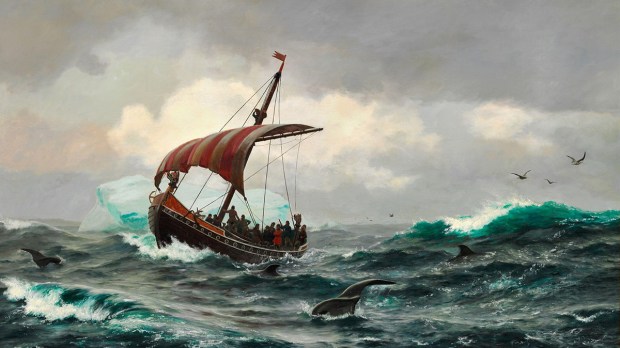Lenten Campaign 2025
This content is free of charge, as are all our articles.
Support us with a donation that is tax-deductible and enable us to continue to reach millions of readers.
A team of researchers has discovered evidence that an Italian monk had knowledge of the New World over a century before Christopher Columbus’ 1492 expedition. References to the lands of North America were discovered in a 14th-century manuscript. The passage was likely disseminated to the monk by European sailors who had heard tales from Norse seafarers.
Since the 1960s, it has been established that Vikings reached the New World before Columbus set sail from Spain. The L’Anse aux Meadows, Newfoundland, was found to be the site of a Viking settlement in North America from as early as 1,000 AD.
Even with this presence so early on, there are few sources that demonstrate Western European knowledge of the continent’s existence. In fact, there’s just one.
Cronica Universalis
Written by Galvano Fiamma, a Dominican monk, the Cronica Universalis holds the sole reference. The only extant copy of the book was tracked down by the team to a private collector in New York.
According to My Modern Met, the team was fortunate enough to be allowed to view the manuscript, which they preserved through digital photography. It was while translating the text that the team came across the passage in question:
“Farther westwards there is another land, named Marckalada, where giants live; in this land, there are buildings with such huge slabs of stone that nobody could build them, except huge giants. There are also green trees, animals and a great quantity of birds.”
The manuscript goes on to explain that the monk had learned these rumors from sailors who frequented Norway and Denmark. A report from Head Topics notes that Paolo Chiesa, lead researcher and professor from Milan, posited that this record could suggest a prevalence of rumors about land beyond the sea. If so, then this could mean that Columbus set out on his journey with confidence that he would find land.

